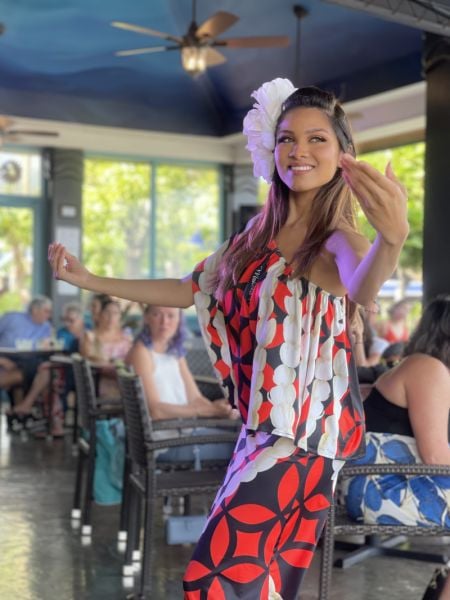
The history of the Hula dance began around 1820, when missionaries first came to the Hawaiian islands. These missions had a negative view of the sultry dance, which promoted physical pleasure while rebuking ancient Hawaiian beliefs. The missionaries succeeded in converting a number of rulers and by 1830 they convinced Queen Kaahuman to outlaw the sultry hula.
The hula dance was originally called Haa, and was first called “Hula” in the 19th century. However, the name was changed to “Hula” because of the Christian missionaries. Queen Ka’ahumanu destroyed pagan goddess images and temples, and the king banned hula as a pagan ritual. The king and Queen prohibited hula, and it was taught only secretly for years. In the 1830s, King Kamehameaha III reestablished the sultry hula and protected religious freedom. Check it out here
The hula dance includes chants and songs and was performed during a sacred ceremony. The chants and songs accompany the movements and are accompanied by chants and song. The words in the hula are dramatized by the movements of the halau. The hula dance has evolved with Western culture and the influence of the Hawaiians. This is the most common hula and has spread throughout the Pacific region.
The hula is a very important part of Hawaiian culture. It has been around for thousands of years, and has evolved to become the most popular form of traditional folk dancing. In Hawaii, it is performed at weddings and other formal events, and is a highly symbolic dance. While the dance is not necessarily the best known form of hula, it is still an exciting and popular dance that many visitors and tourists watch.
The hula has an ancient history. It was created to honor the volcano goddess Pele and her sister Hi’iaka. It was also a symbol of nature, and many different hula were created for the purpose of praising the chiefs. This includes haa, olapa, and alaa. These three are the most popular types of hula dance.
The hulu dance originally went by the name Haa. The name was changed in the 18th century when Christian missionaries began converting the Hawaiians to Christianity. They destroyed pagan temples and gods’ images. They also banned the lulu, seeing it as a pagan ritual. It was only in the 1830s that the dance was reinstated by default, but it was later banned again. It was later reestablished under King Kamehameaha III. Click for more
Hula was originally a religious performance. It was often performed in public in order to honor the king or queen. In the ancient era, the dance was performed as a religious performance to honor the royalty. The chants of the dance are known as mele Hula, and represent a variety of themes and emotions. Modern Hula dancers use these chants in order to communicate the meaning behind the various movements.
